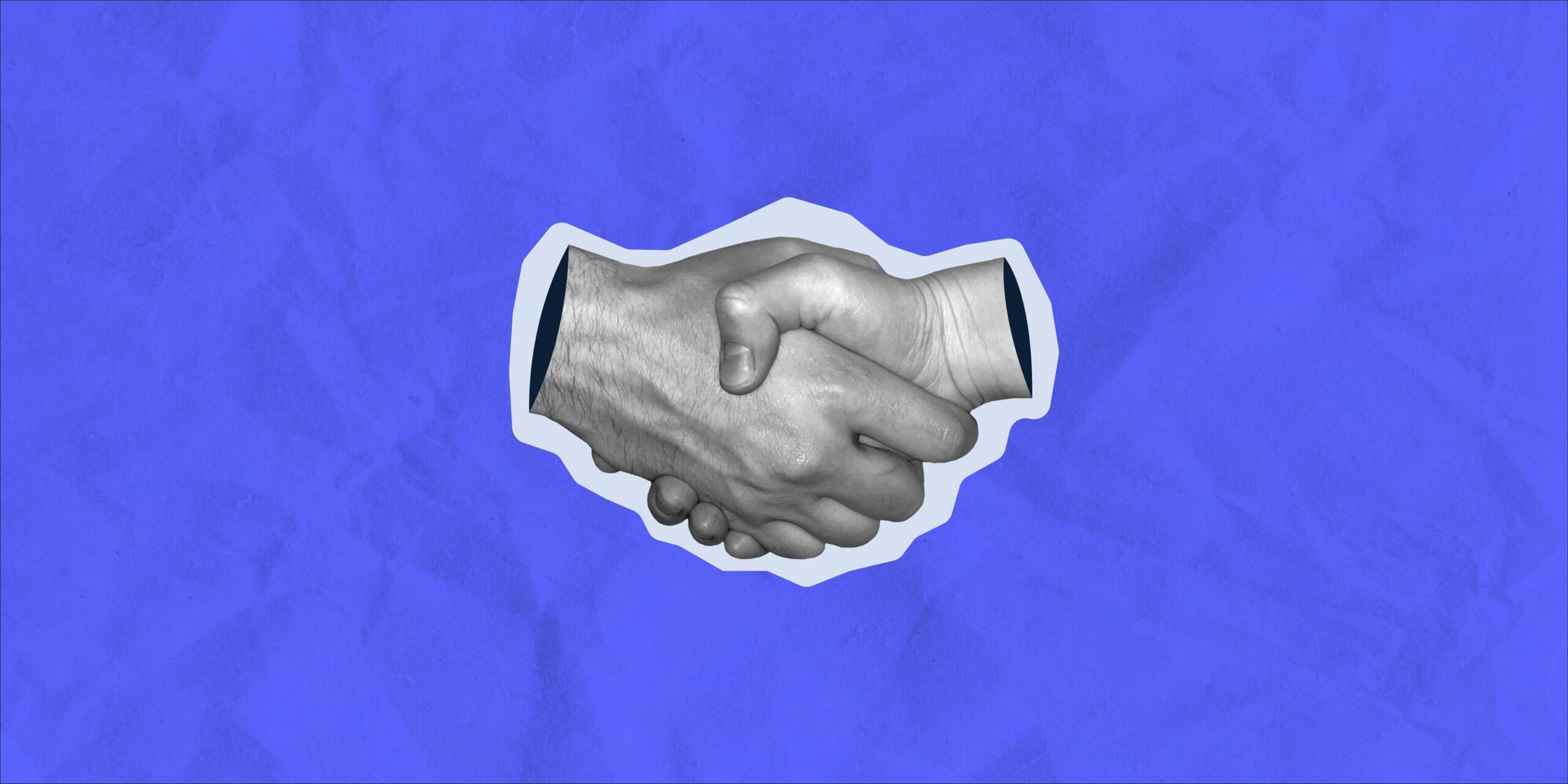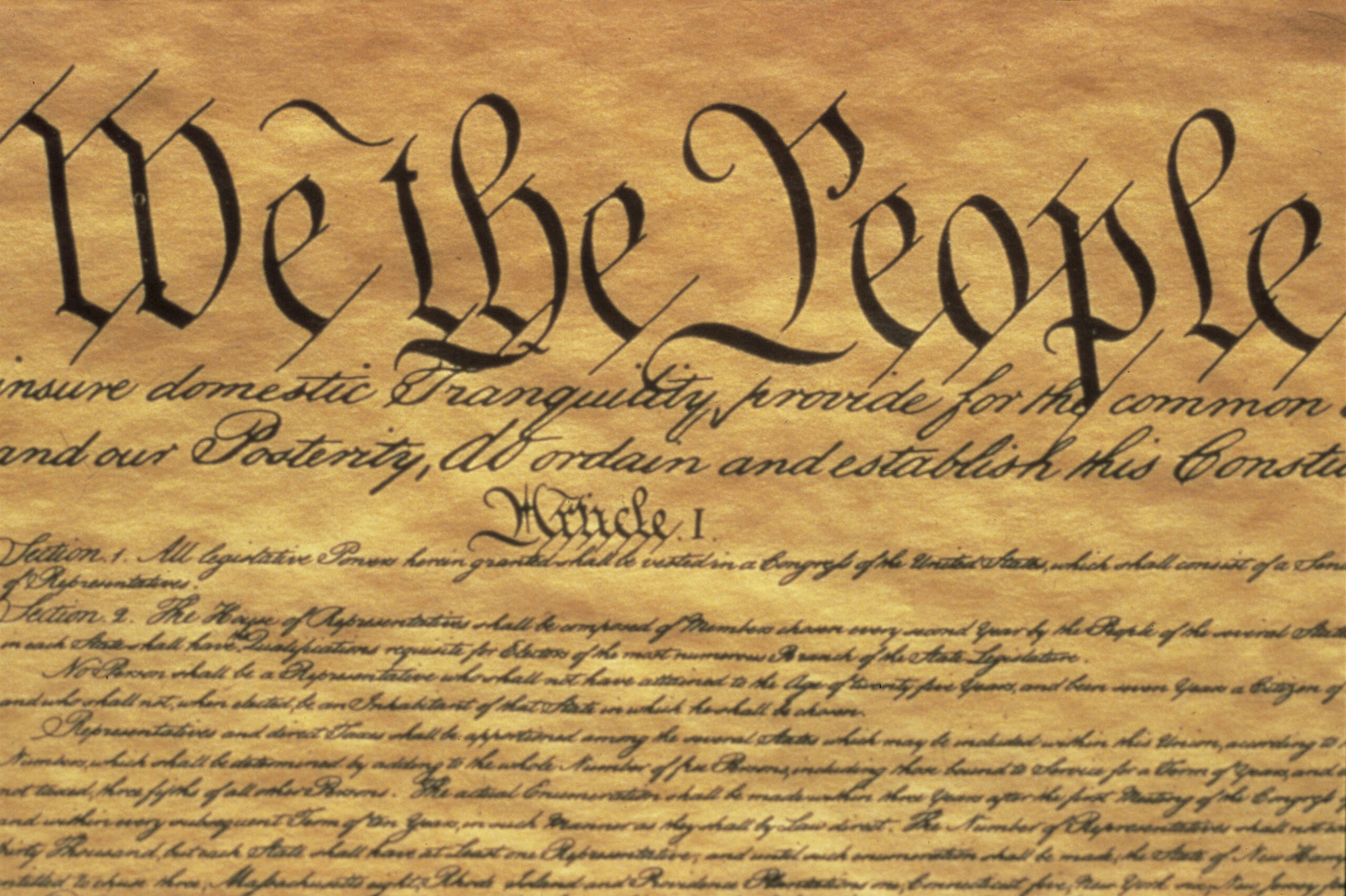William McKenzie, the Bush Institute's Senior Editorial Advisor, details how being "media literate" can help consumers of news be foot-soldiers in the battle for truth.
Remember that old Eagles’ song about not being able to hide your lying eyes? If a songwriter wrote that one today, in the middle of the information war raging across the internet, those eyes that are lying may not be eyes at all. They may be part of a synthetically-manufactured video, one that some nation or individual may have created using modern technologies to alter reality. All with the intent to sow distrust.
Deepfakes, as they are known, are the latest in the spread of disinformation across the internet. And they have been preceded by the explosion of fabricated stories that entities like Russia’s Internet Research Agency are happy to promote to undermine a reliable flow of information in democracies like our own. Like those “fake news” stories, the intent of the altered videos is to get us to doubt the information we receive. In turn, those doubts undermine the trust required for a democracy’s stability.
But what are consumers of information to do? How are we supposed to figure out whether what we are seeing or reading is true, especially in a world where information spreads so rapidly and our time is spread so thin?
How are we supposed to figure out whether what we are seeing or reading is true, especially in a world where information spreads so rapidly and our time is spread so thin? Fortunately, some tips can guide us. They are part of the ‘media literacy’ literature that is evolving as a useful tool and schools across the country are ramping up.
Fortunately, some tips can guide us. They are part of the “media literacy” literature that is evolving as a useful tool and schools across the country are ramping up.
The first bit of advice, as former Danish Prime Minister Anders Fogh Rasmussen said in a recent Democracy Talks interview, is to ask yourself some questions if you are not sure about the source of the information you have just received over the internet or through social media. For example, does the site disclose a conflict of interest? How old is the site? Where did the source obtain the information? How is the information verified? Do they allow links to sources? If the answers are no, then consider the information tainted.
Finding the answers may take a little digging, but not too long. You can do a quick lateral search to see whether a respected news site verifies the information.
Also, we should watch out for information that triggers a powerful emotional response. Think twice if an unknown source of information creates strong feelings. Chances are, they are trying to hook you.
If you aren’t sure about an image, conduct a reverse image source. As SMU media literacy expert Megan Heuer explains, you can use Google Images to check if photos have been used elsewhere, an indicator the story could be hyped.
And an easy tip to follow is reading a variety of sources. Did other sites or newspapers write about the same phenomenon? And read publications that don’t align with your views. These are ways to avoid living in an echo chamber.
Tools also are being developed to help you ferret out the trustworthiness of the information. Glenn Gaffney, former director of science and technology at the CIA, reports that new methods are emerging from companies on how to authenticate videos, as well as to examine images at the point of origin. This kind of tool could help us sidestep deceptive information.
Similarly, organizations like NewsGuard use objective criteria to label the trustworthiness of a news site. The standards include whether the organization clearly labels advertising, regularly corrects and clarifies errors, and discloses ownership and financing. NewsGuard and its team of journalists then use a color code to rate the reliability of the information.
Offerings like this can provide a tip sheet as we evaluate a report. We don’t have to accept all their ratings. But at least this could help us discern whether we should be skeptical of a piece of information or even consider it misinformation.
Of course, fact-check organizations like PolitiFact are emerging as a useful source of data about particular claims or facts. They often operate outside of a traditional news organization, and try to discern the truthfulness of a post or an article. Fact-checking has blossomed as an industry to the point that now almost 200 organizations exist, according to a Duke University study. Companies like Google and Facebook also contract with some of them to determine the legitimacy of a piece of information.
Encouragingly, media literacy classes are spreading, too. Media Literacy Now reports they exist in 14 states, offering courses for students. One such example is the News Literacy Project that works with news organizations to educate middle school and high school students in discerning the truthfulness of a story.
The reliability of information flows has emerged as one of the most serious challenges to democracies, including our own. The response involves us as individuals being foot soldiers in the battle for truth. We have a large role to play in knowing whether those eyes are not only lying, but real.
































